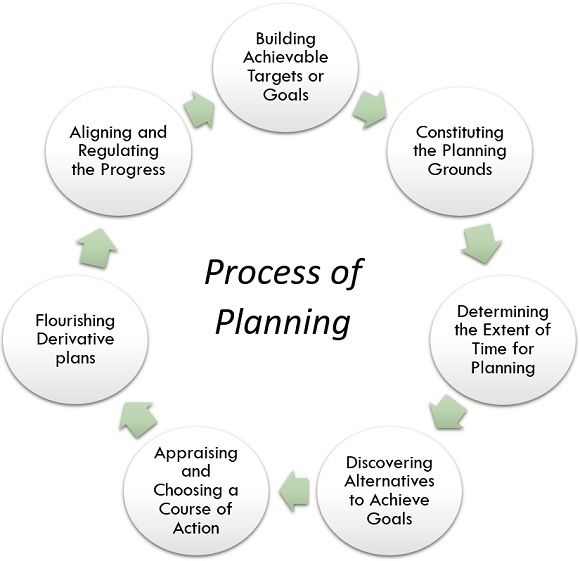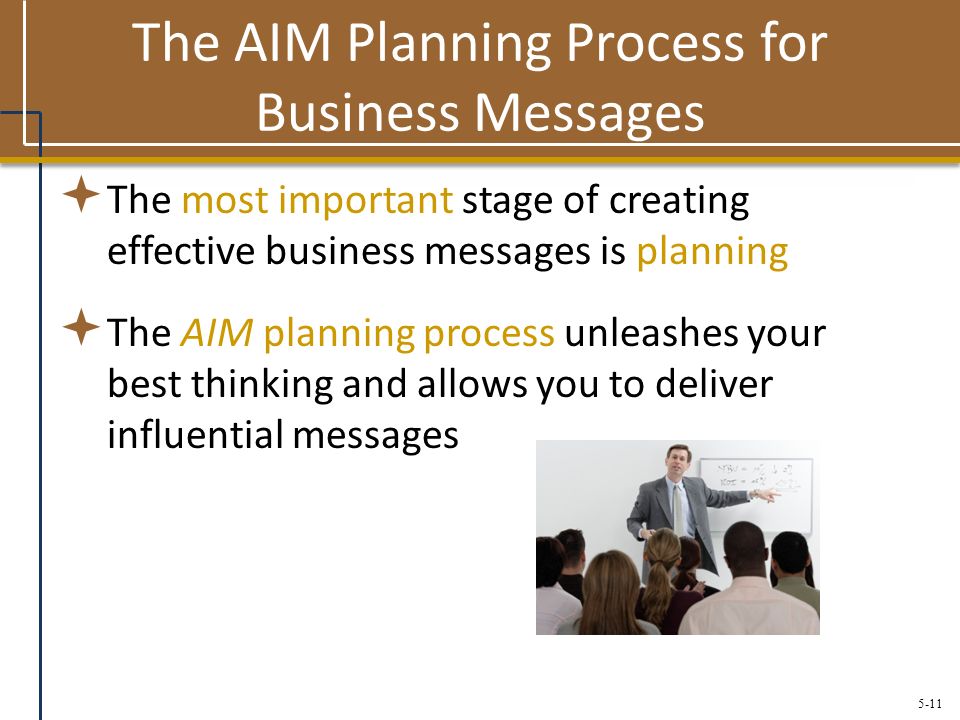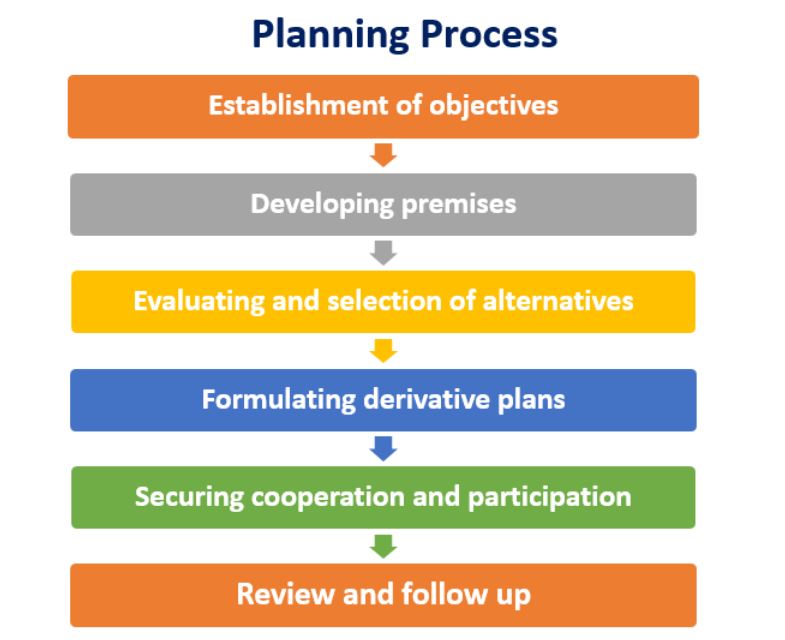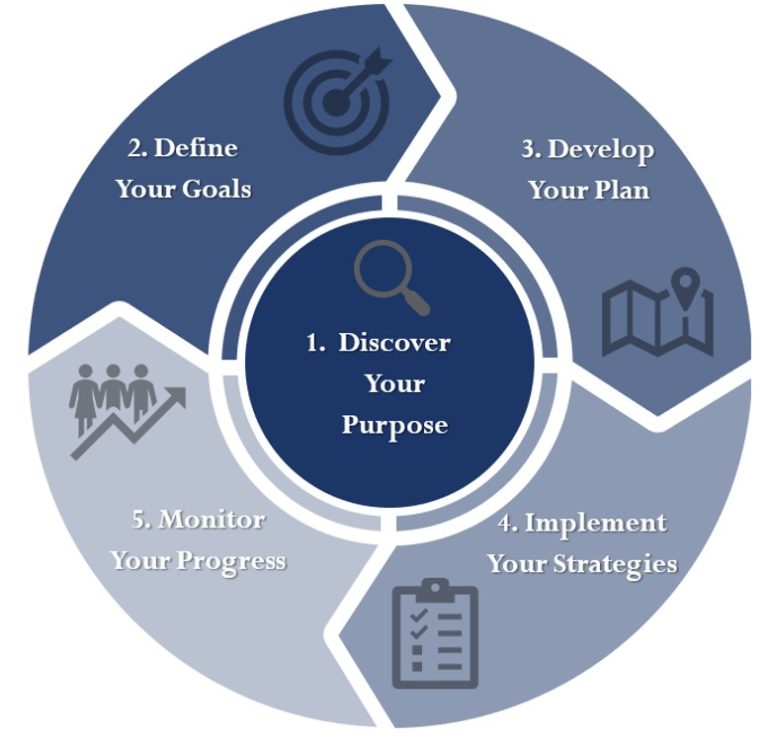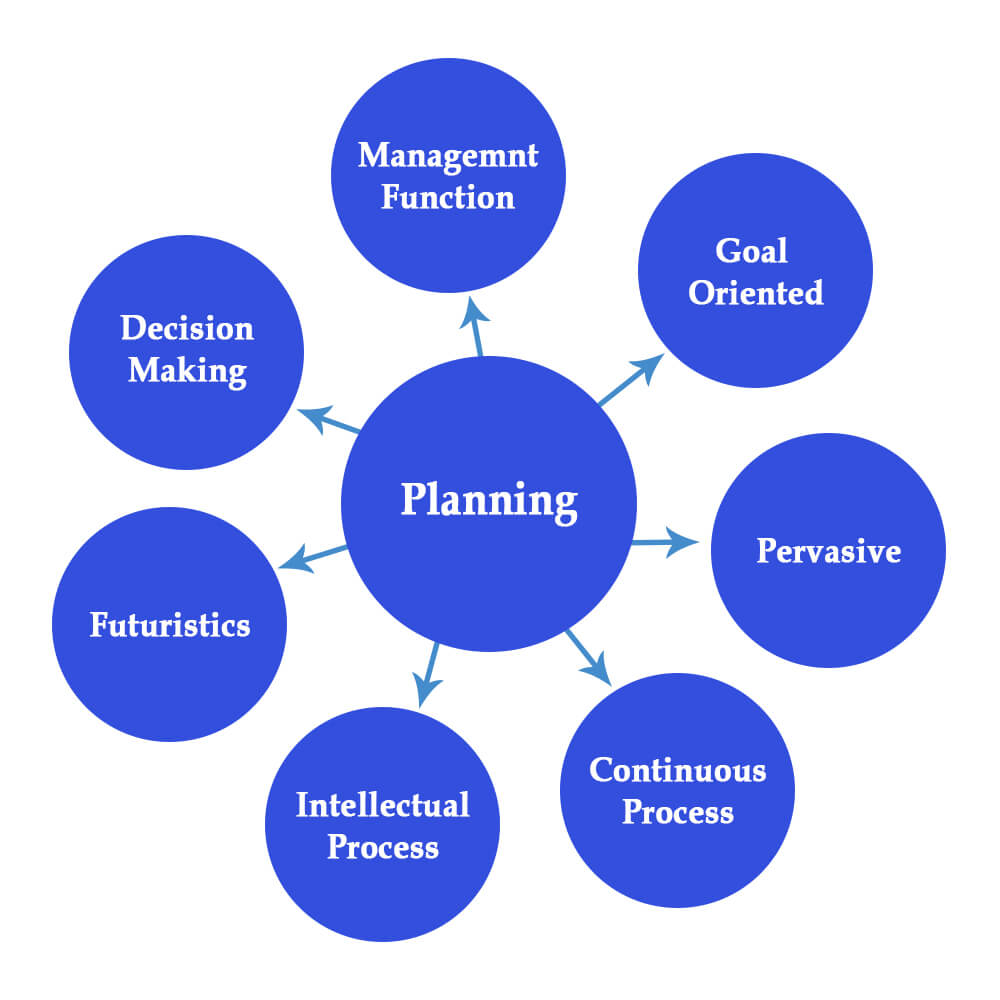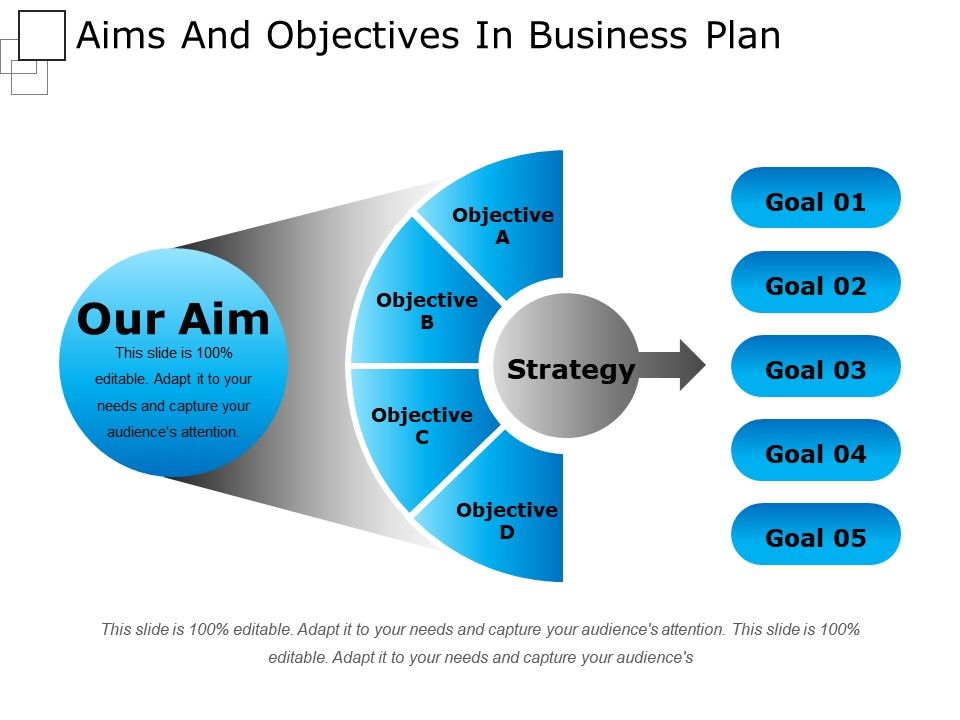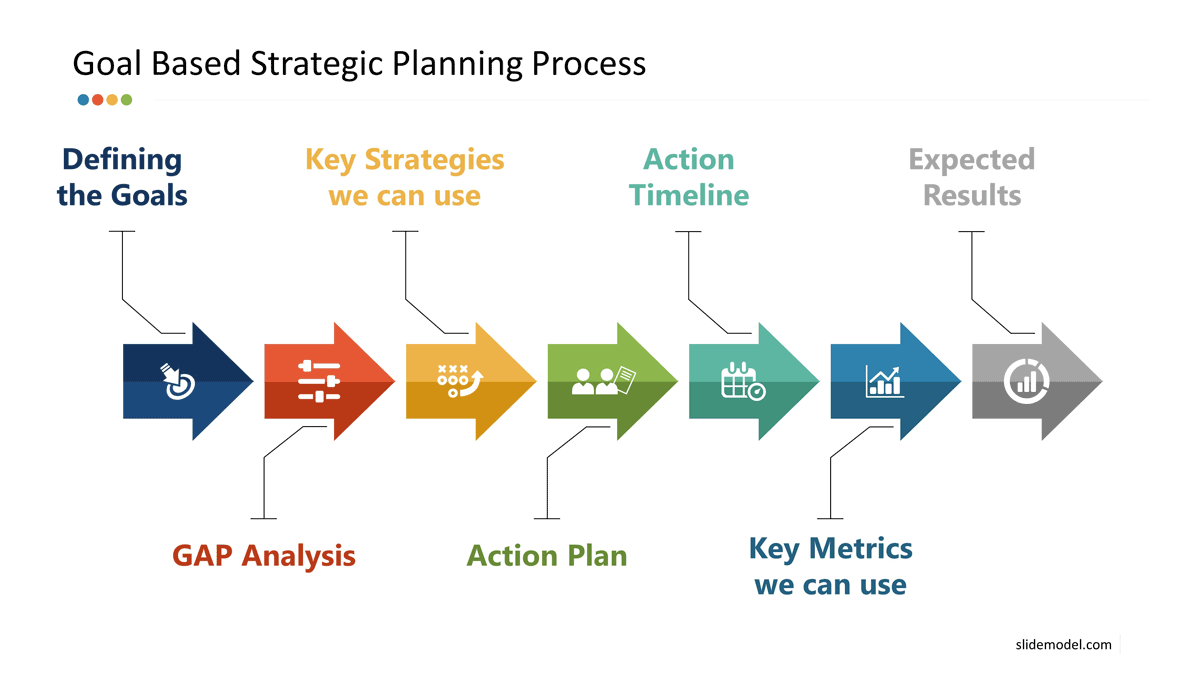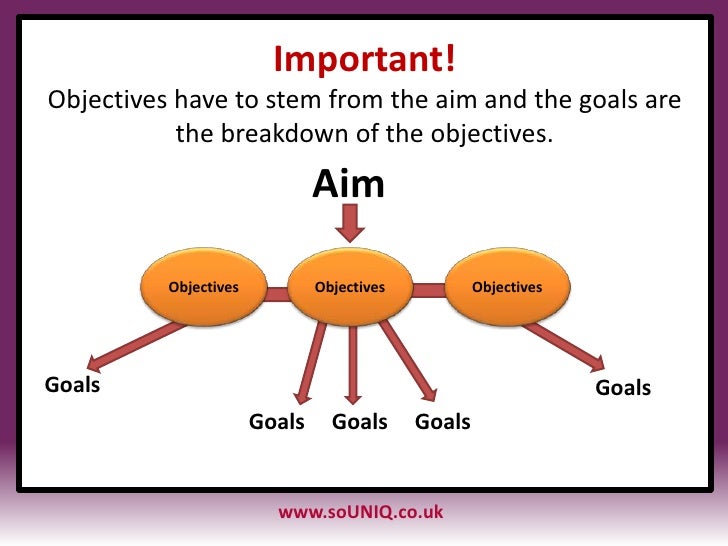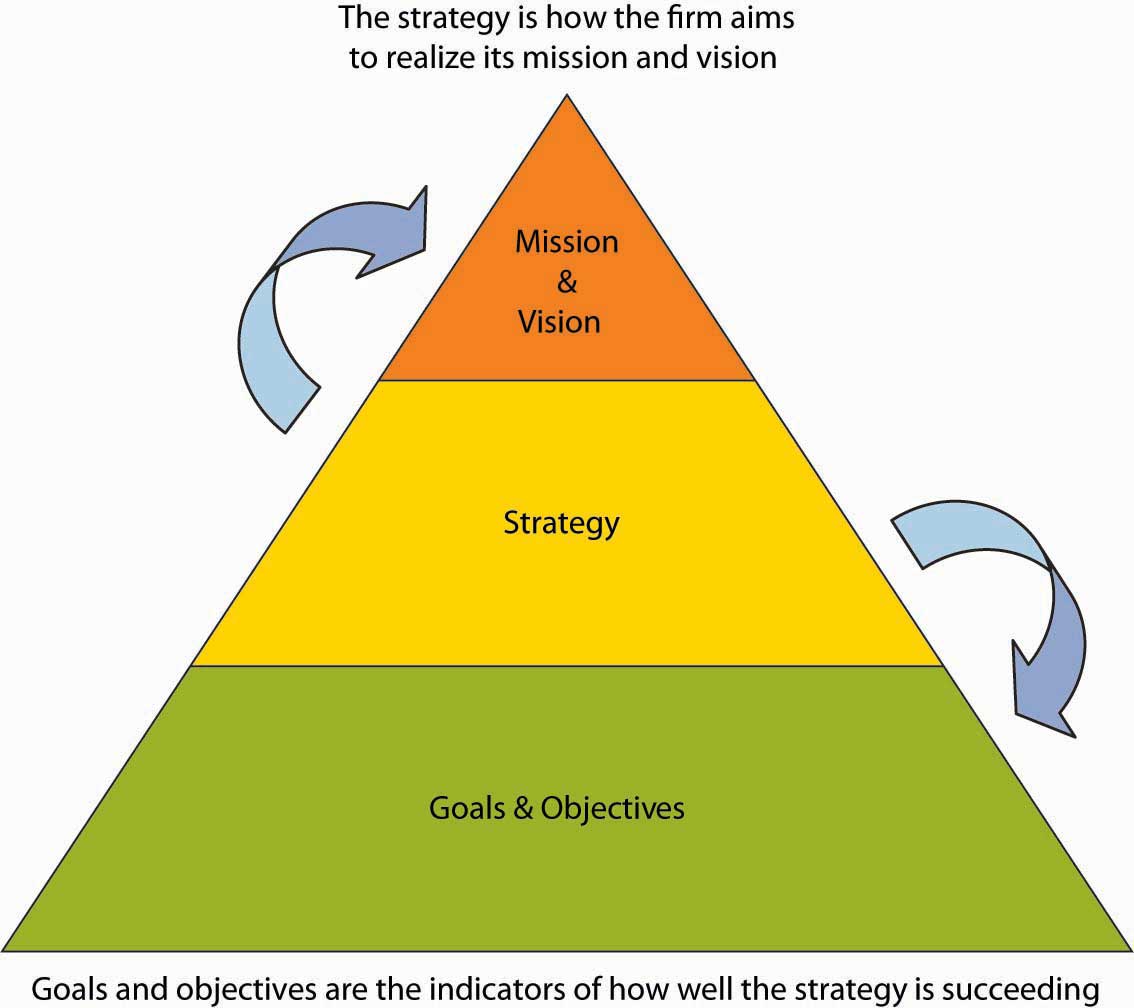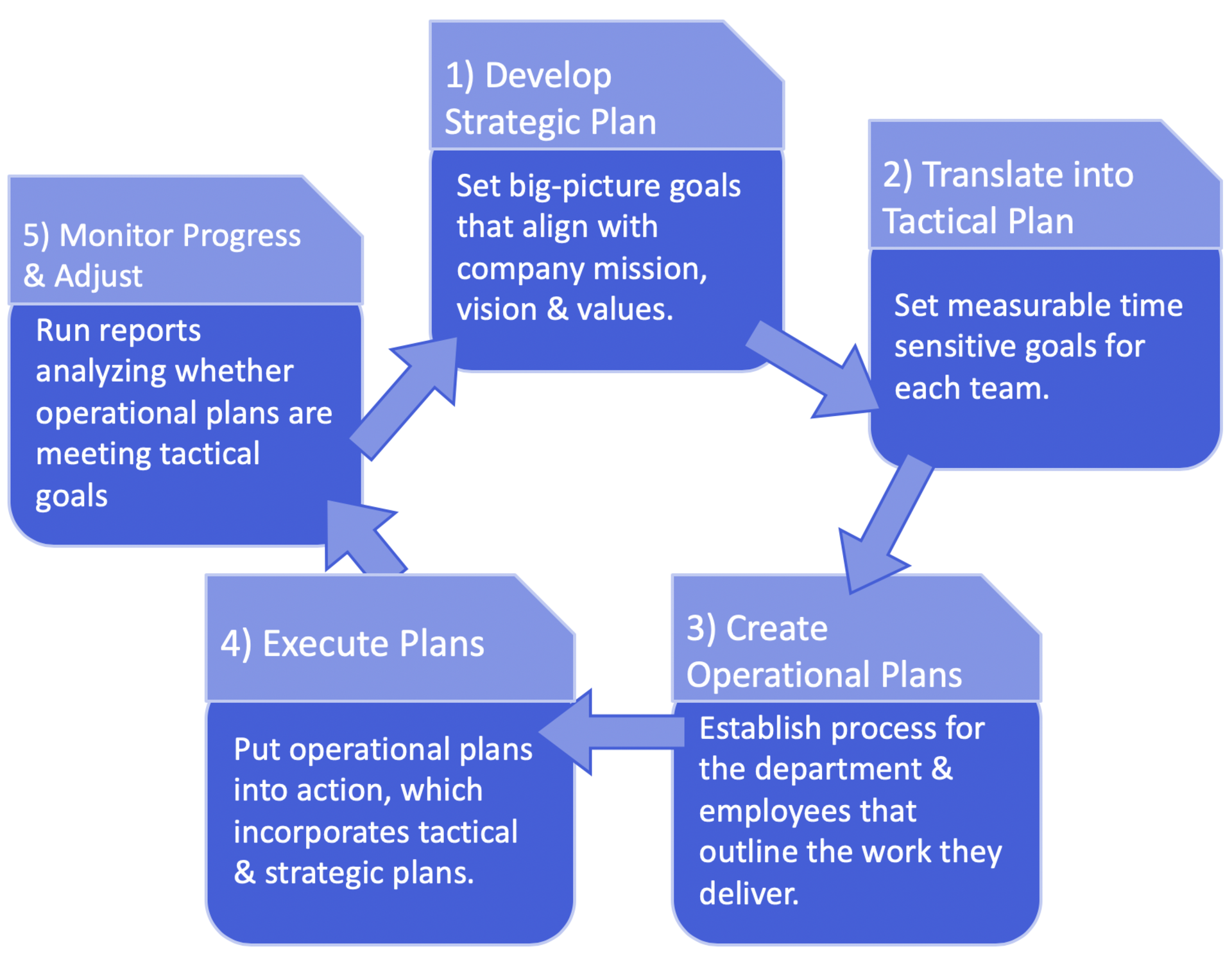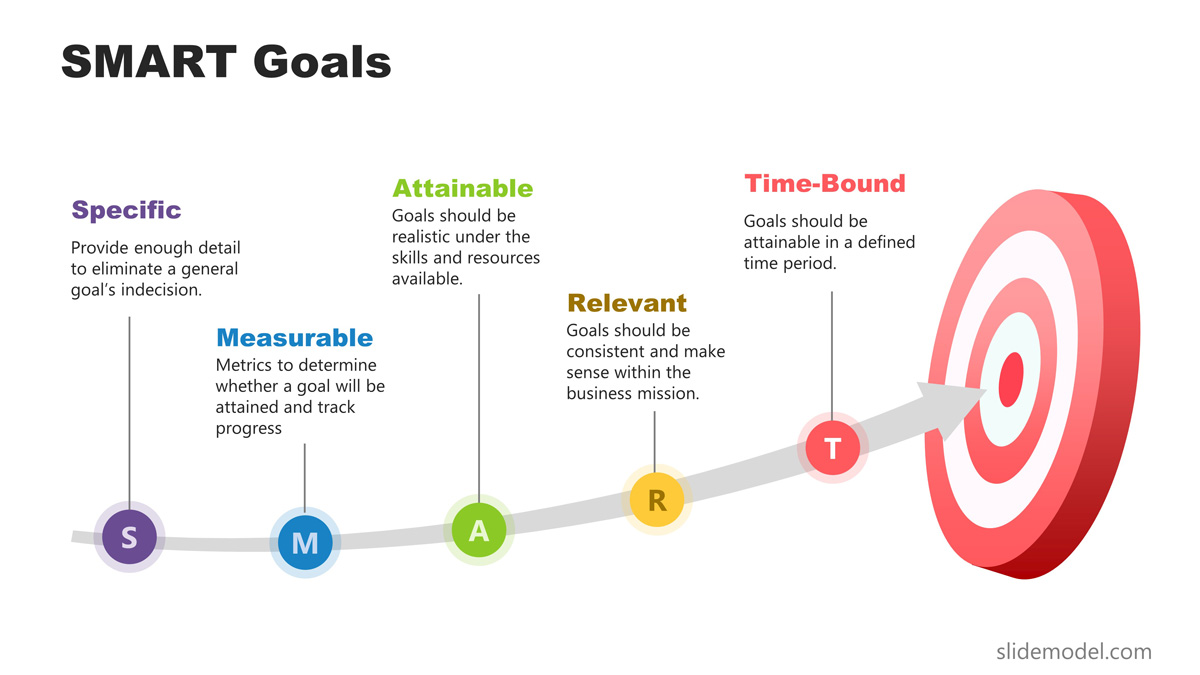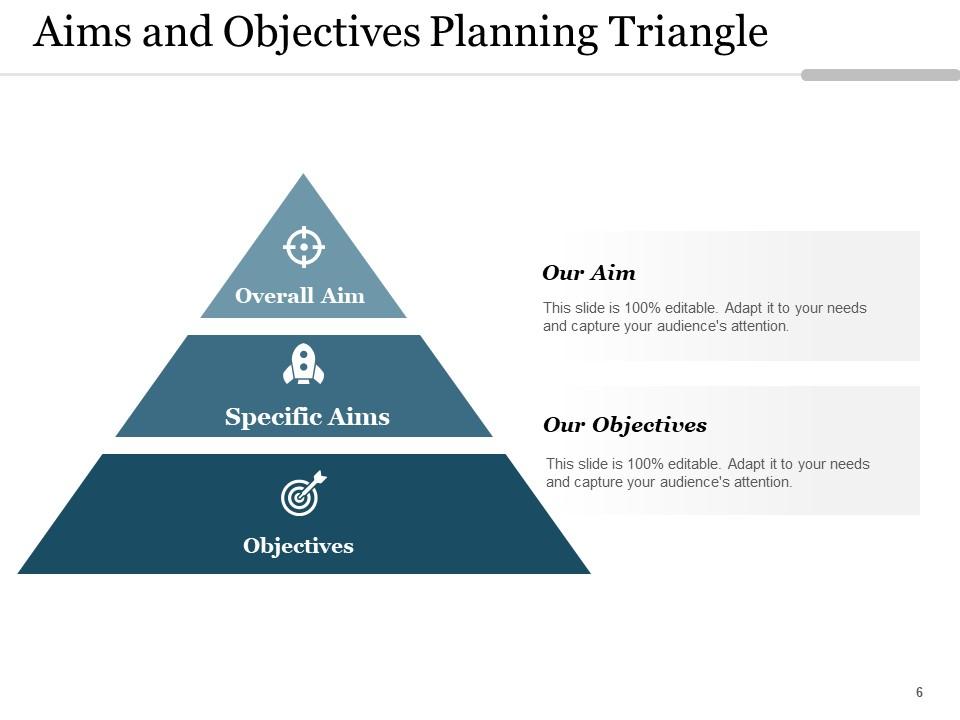What Is A Goal Of The Aim Planning Process

Immediate action is critical: The AIM (Assess, Identify, Measure) planning process seeks to improve organizational outcomes by aligning resources with strategic priorities. Failure to understand this core objective risks wasted efforts and misdirected funds.
The primary goal of the AIM planning process is to strategically allocate resources to achieve clearly defined organizational objectives, maximizing impact and efficiency. This requires a structured approach to evaluation, problem identification, and performance measurement.
Understanding the Urgency
Organizations adopting the AIM process typically face critical performance gaps or strategic realignments. The urgency stems from the need to rapidly improve performance, address pressing issues, or capitalize on emerging opportunities.
Ineffective resource allocation can lead to missed targets, financial losses, and decreased competitiveness. The AIM process offers a framework to avoid these pitfalls.
Key Components of the AIM Planning Process
Assessment (A)
The initial phase involves a comprehensive review of current performance, capabilities, and challenges. Data collection and analysis are paramount to identify areas needing improvement.
This phase addresses: What is the current state? Where are the weaknesses? Who is affected by these issues?
Assessment often includes benchmarking against industry standards and competitor analysis.
Identification (I)
Once assessed, specific problems or opportunities are identified and prioritized. Root cause analysis is employed to determine the underlying issues affecting performance.
This stage seeks to answer: Why are these issues occurring? What are the consequences of inaction?
Accurate problem identification is essential to develop targeted solutions.
Measurement (M)
The final phase involves establishing measurable goals and performance indicators to track progress. These metrics provide a clear benchmark for success and allow for ongoing monitoring.
Key questions addressed are: How will success be measured? When will progress be evaluated?
Regular performance reviews using established metrics are vital for continuous improvement.
Who Benefits from the AIM Process?
The AIM process benefits organizations of all sizes and across various sectors. It is particularly valuable for those facing strategic shifts or performance challenges.
Executive leadership utilizes AIM to align resource allocation with organizational goals. Department managers use it to improve team performance and efficiency.
Even frontline employees benefit from the clarity and focus provided by the AIM process.
When is the AIM Process Implemented?
The AIM process is typically implemented during periods of strategic planning, organizational restructuring, or performance improvement initiatives. It can also be used proactively to identify and address potential issues before they escalate.
Triggers for implementation can include declining profitability, customer dissatisfaction, or increased competition. The timing is often driven by a need for significant change or improvement.
Organizations might also use the AIM process to support the launch of new products, services, or initiatives.
How is the AIM Process Executed?
The execution of the AIM process involves a series of steps, including data collection, analysis, goal setting, and implementation. It requires strong leadership support and collaboration across departments.
A dedicated project team is often established to oversee the process and ensure accountability. This team is responsible for facilitating workshops, gathering data, and developing action plans.
Technology plays a crucial role in data analysis and performance tracking. Tools such as dashboards and data visualization software can enhance the effectiveness of the AIM process.
Ongoing Developments and Next Steps
Organizations using the AIM process must continuously monitor performance and adapt their strategies as needed. Regular reviews and adjustments are essential to maintain alignment with organizational goals.
Future developments may include incorporating artificial intelligence and machine learning to enhance data analysis and decision-making. The AIM process is constantly evolving to meet the changing needs of organizations.
Key takeaway: understanding and implementing the AIM planning process is critical for organizational success.
